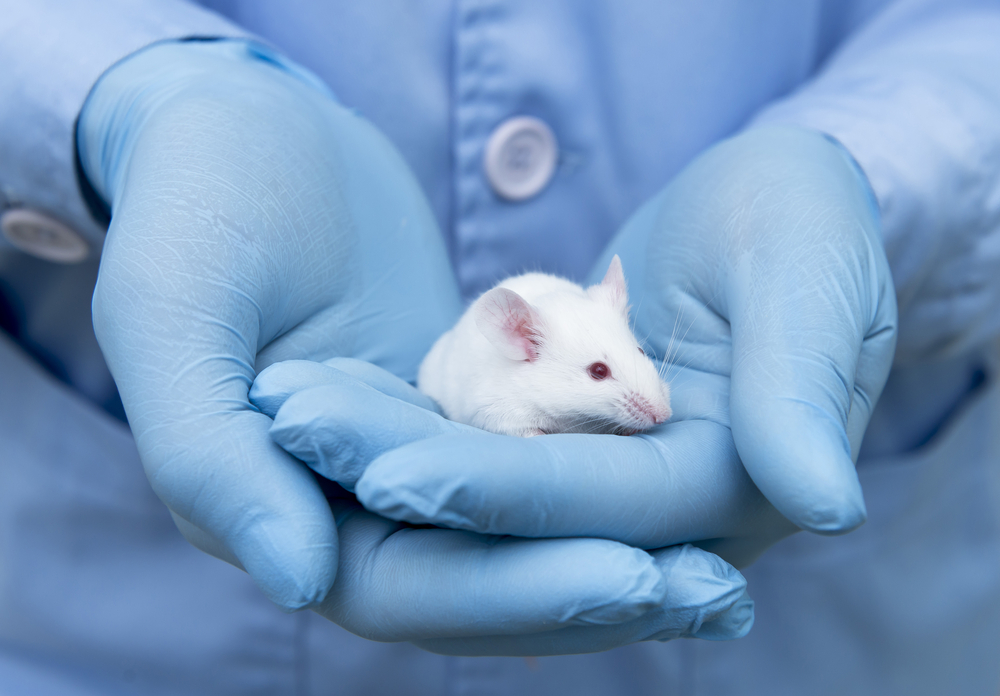Mouse Model of Sanfilippo Syndrome Type B Shows Features of Human Disease

A mouse model for Sanfilippo Syndrome type B recreates the main characteristics of humans with the disease, indicating a potential use for therapeutic approaches.
The study with that finding, “Development of Sensory, Motor and Behavioral Deficits in the Murine Model of Sanfilippo Syndrome Type B,” was published in the journal Plos One.
Washington University School of Medicine, St. Louis, Missouri, researchers studied the mouse model for Sanfilippo Syndrome type B (also known as mucopolysaccharidosis, MPS, IIIB) to understand if it was able to reproduce the vast phenotypes presented by children with the disease.
Previous studies have reported that this mouse model presents abnormal lysosomal inclusions in multiple tissues and loss of nerve cells. However, additional disease characteristics, such as behavioral repsonses and motor activity, were contradictory.
The team performed several tests to assess mice levels for coordination, circadian rhythm, hearing and vision, and how these results correlated with tissue analysis.
Sanfilippo Syndrome type B patients lose their ability to walk and eventually lose coordination and locomotor capacities due to the loss of Purkinje neurons — nerve cells located in the brain responsible for control and motor movement. In a similar manner, this mouse model also had impairment of its locomotor activity and a progressive loss of Purkinje cells.
“Sanfilippo syndrome children demonstrate initial hyperactivity and behavioral disturbances with parents reporting increased nighttime activity,” researchers wrote.
Sanfilippo Syndrome type B mice started their daily activity approximately one hour later than normal mice and had a greater percentage of total activity performed during light phases than healthy mice, which is consistent with the increased nighttime activity seen in children with the disorder. Mice normally are more active at night than during the day, so the inversion of activity fits well with that observed in patients.
These mice also showed hearing and vision deficits, including hair cell loss and organ of Corti degeneration in the lower cochlear base (a part of the inner ear).
“If this finding extends to humans, it holds implications for eventual therapies, in that such degenerative changes are not reversible. In contrast, non-degenerative aspects of MPS-related inner ear pathology appear largely reversible,” the researchers wrote.
This study established that the MPS IIIB mouse model “has similar phenotypic manifestations to those seen in the human disease with: altered balance and loss of cerebellar neurons; abnormal sleep patterns and imbalanced day to night activity level; hearing loss; diminished vision and typical inclusions in the RPE [retinal pigmented epithelium],” they concluded.






